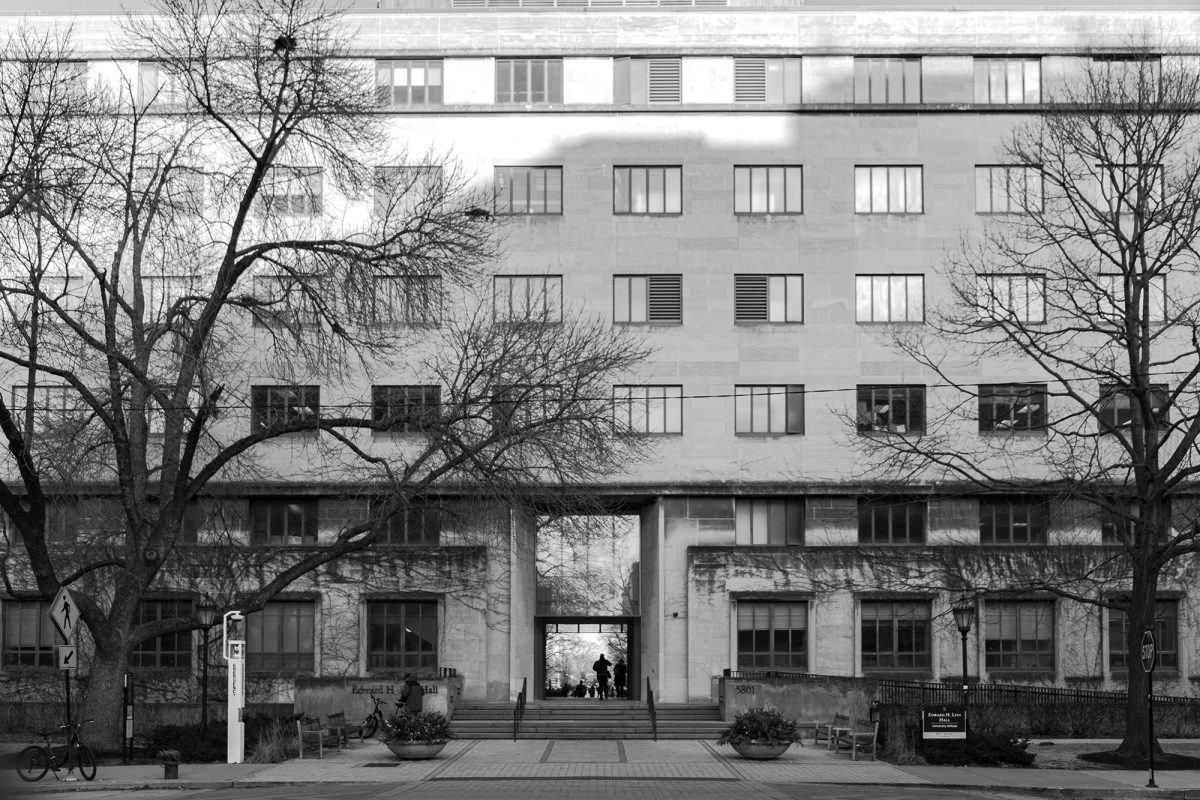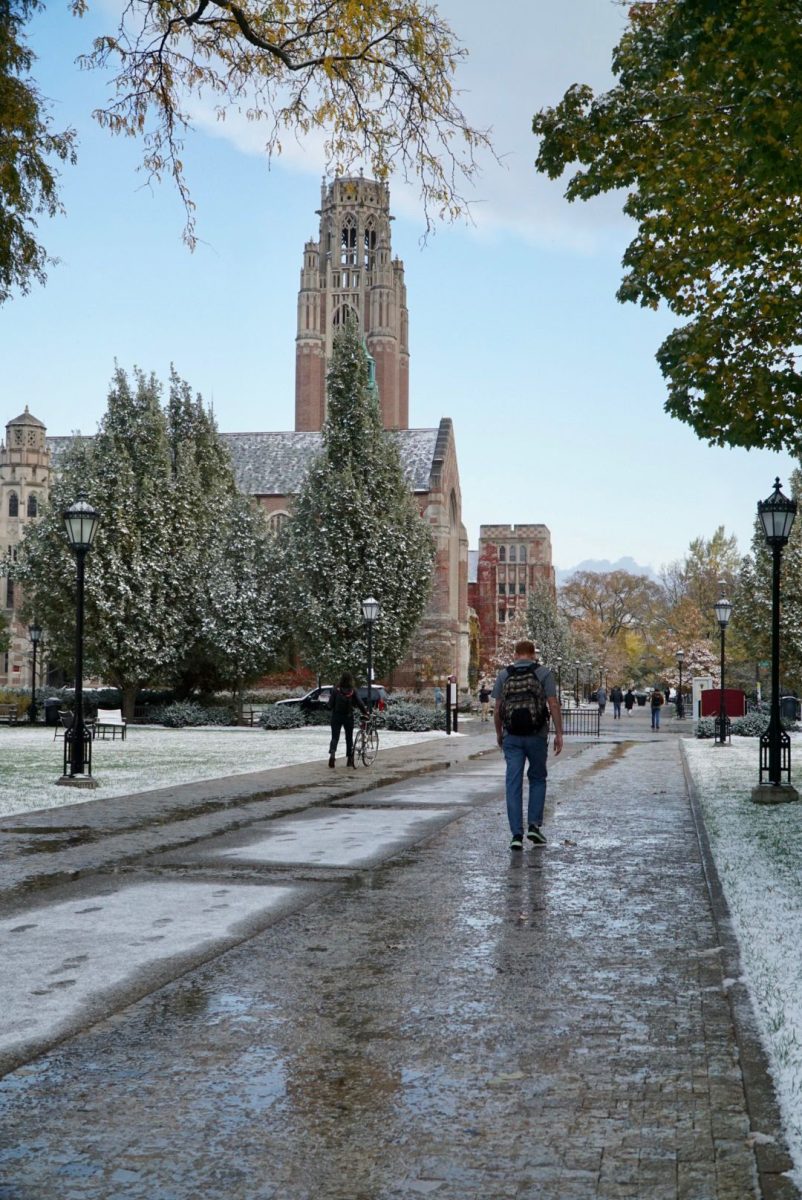Last Friday, the University announced a 4.1 percent increase in the price of undergraduate tuition, housing, and fees for the 2012–2013 school year, the latest in a series of hikes over the past decade. The new total annual cost of a U of C education, $57,711, will no doubt maintain the University’s status as one of the most expensive schools in the country. On a positive note, for the third consecutive year, the rise in financial aid spending will slightly outpace growth in costs, at 4.3 percent. Although the University should be credited for the continued development of its aid program, it must do more to reduce heavy financial burdens and ensure socioeconomic diversity on campus.
To improve its own financial aid program, the University should look to peer schools like Harvard and Yale, which have begun to offer cost adjustments for students in a broader range of income brackets in recent years. In an effort to be more attractive to middle-class students, both now cap tuition for students in most families earning less than $200,000 at 10 percent of income. Additionally, both commonly give students grants to cover tuition costs in place of aid and loans; so do other Ivies, such as Princeton, which has a no-loan policy. Admittedly, these schools draw from larger endowments to sustain their efforts. Nonetheless, the U of C should examine whether it is financially feasible to expand aid and, in particular, grants to continue to attract the best and the brightest.
This year, about half the student body is receiving need-based aid, at an average amount of $36,294, a figure which accounts for federal loans and University contribution. However, the University’s recent success in expanding financial aid does not absolve it of the need to do more. Even students receiving aid witness first-hand the tremendous financial burden the cost of a U of C education places on them and their families. Many must contend with money worries on top of coursework, and their loans will follow them well into their 20s and 30s, if not beyond. The University should look to extend its promising aid commitments and to minimize its reliance on loans.
Granted, the University’s commitment to relieving expense extends beyond its own giving of aid. The well-received Odyssey scholarship program, started in 2008 with a $100 million gift and subsequently augmented with $57.1 million in donations, currently benefits 1,100 students. However, this program only serves students whose families earn $75,000 or less per year; while admirable, it does not apply to the majority of the student body. Creating more options—grants, merit scholarships, and increased aid packages—for both lower-income and middle-class students would allow the University to retain all those qualified to attend, regardless of their abilities to afford it.
For the academically curious, the socially quirky, and the stridently masochistic, the U of C continues to be a desirable university. Yet some students who could no doubt contribute to our campus community follow better financial aid offers elsewhere. Meanwhile, current students live with the fact that they will continue to pay heavily for their experience here well into their adult lives. As more price hikes are sure to come, the University must do all it can to reduce the financial burden it places on all students.
The Editorial Board consists of the Editors-in-Chief and the Viewpoints Editors.








